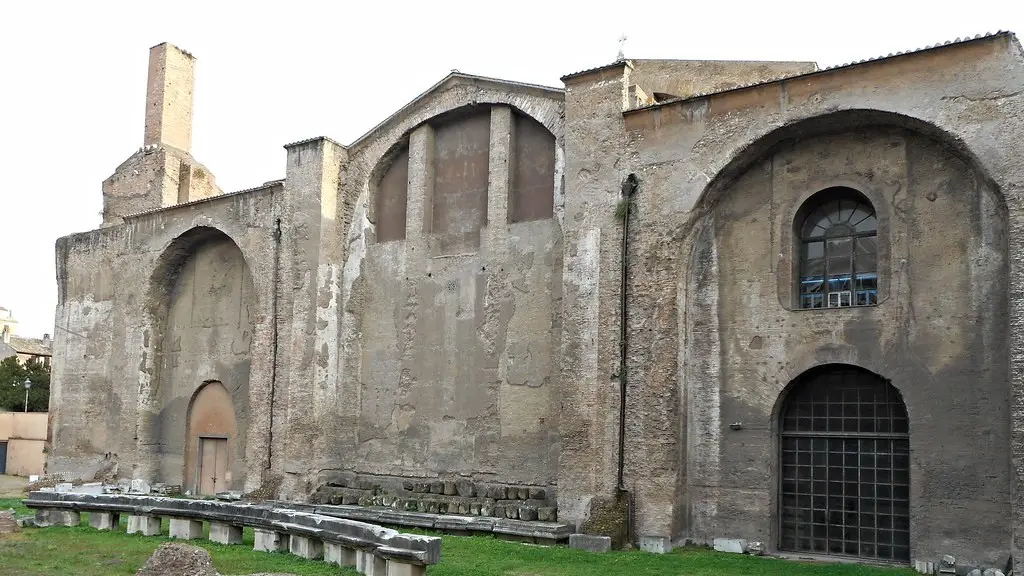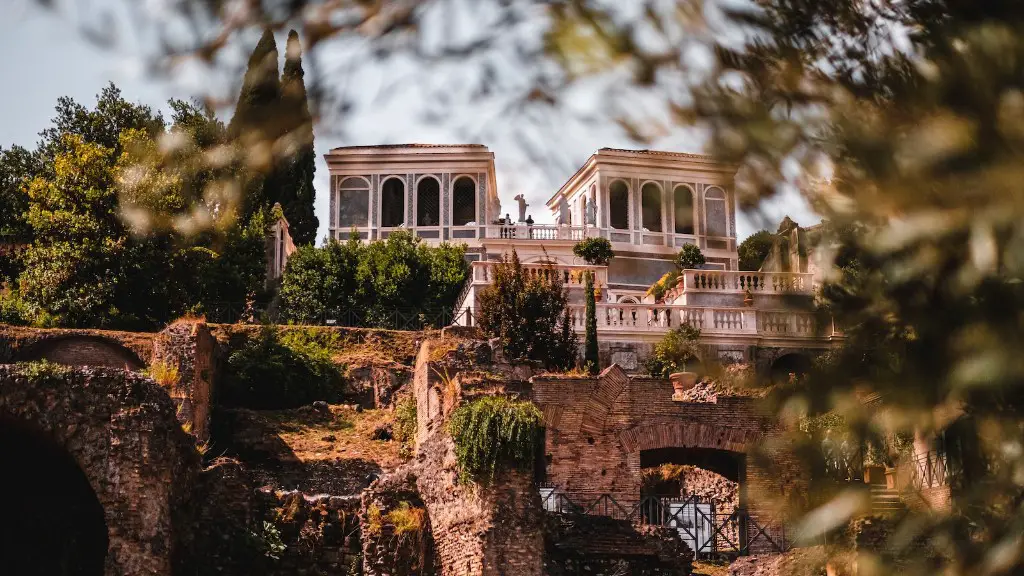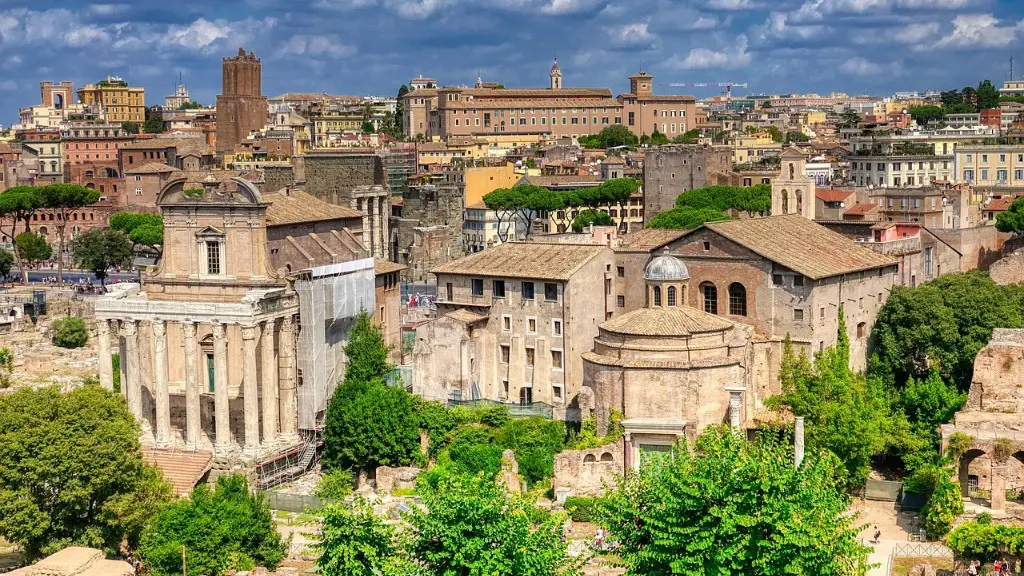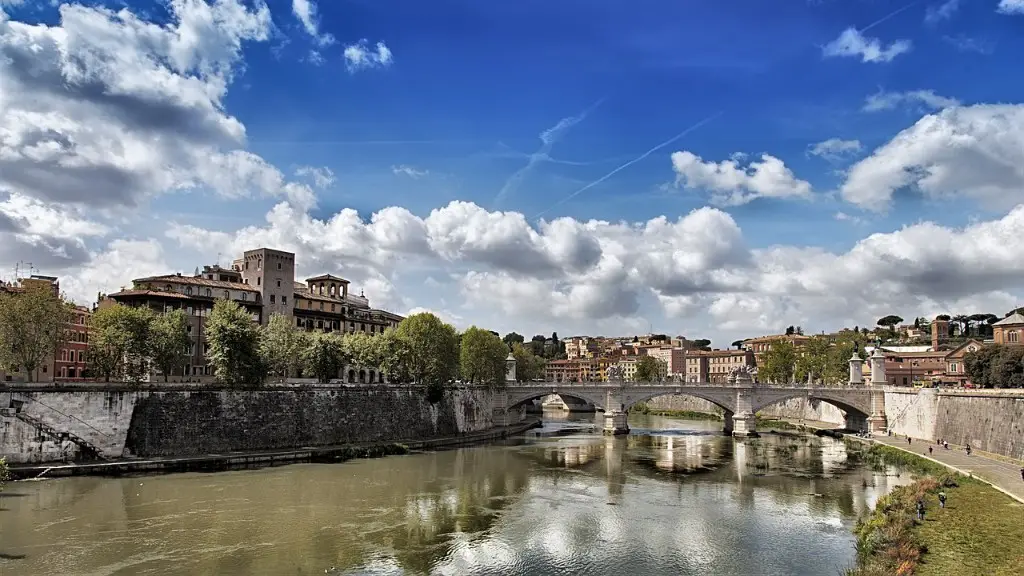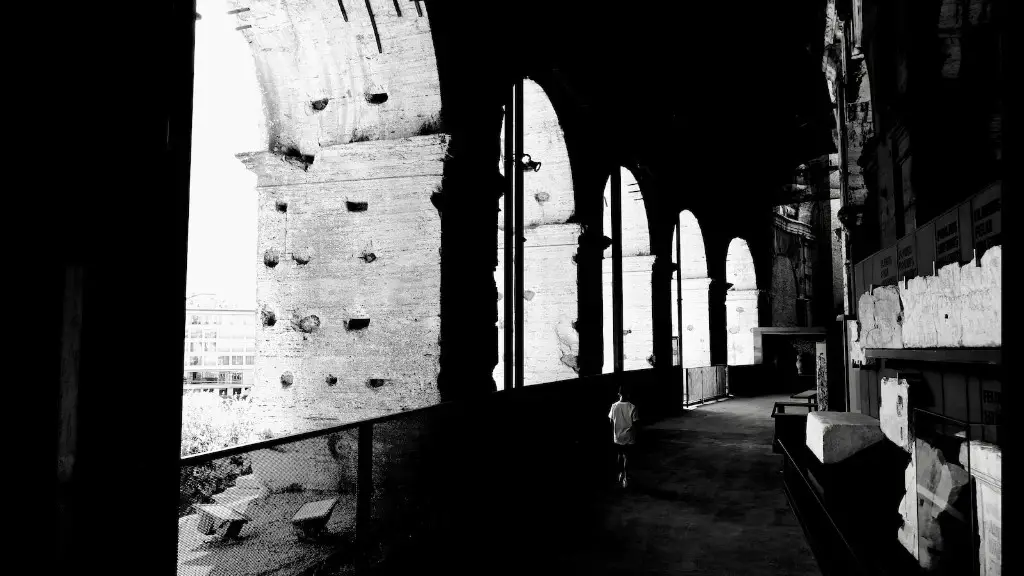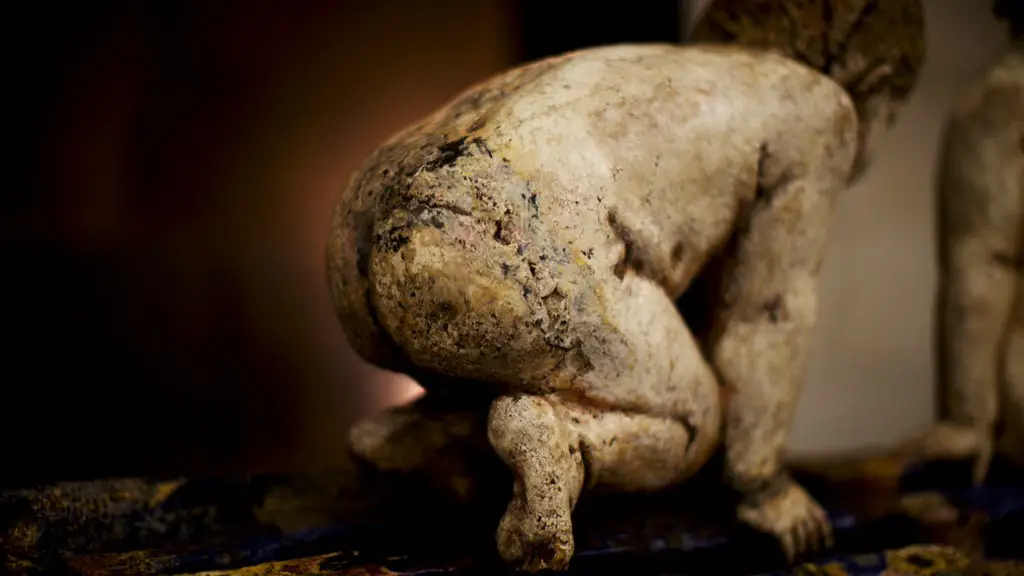How ancient Rome shaped the modern world is a question that has been asked by many historians. By looking at the Roman Empire, we can see how they shaped the Western world in a number of ways. The Roman Empire was one of the largest empires in world history and at its height, it controlled a territory that extended from Britain to North Africa and from Spain to the Middle East. The Roman Empire was a major political and cultural force in the Western world. The political structure of the Roman Empire was copied by many future empires and states. The culture of the Roman Empire had a significant impact on the development of Western art, literature, religion, and law.
The city of Rome was founded on the Palatine Hill by a man named Romulus in 753 BC. It is said that Romulus had a vision in which the gods instructed him to build a city. Rome began as a small village and slowly grew into a large city. It became an empire under the leadership of Julius Caesar in the first century BC. The Roman Empire was one of the largest empires in the world and included parts of Europe, North Africa, and the Middle East. The Roman Empire was known for its military power, engineering, and architecture. The Roman Empire shaped the modern world in many ways. For example, the Roman Empire was responsible for the spread of Christianity. The Roman Empire also introduced the idea of representative government. The Roman Empire left a lasting legacy on the world.
How did Rome change the world?
The ancient Romans were a people known for their military, political, and social institutions. They conquered vast amounts of land in Europe and northern Africa, built roads and aqueducts, and spread Latin, their language, far and wide.
The Romans were a highly advanced society that left a lasting impression on the world. Here are 13 things that they did for us:
1. Fast food – The Romans were the first to introduce street stalls and “food on the move” as we might think of it today.
2. Advertising and trademarks – The Romans were the first to use advertising and trademarks to promote their businesses.
3. Plumbing and sanitation – The Romans were the first to develop plumbing and sanitation systems that are still in use today.
4. Towns – The Romans were the first to develop towns and cities as we know them.
5. Architecture – The Romans were the first to develop many of the architectural features that we take for granted today, such as arches and vaults.
6. Roads – The Romans were the first to build a network of roads that spanned the entire world.
7. Our calendar – The Roman calendar was the first to be based on the solar year, and it is the basis for our modern calendar.
8. Law and order – The Romans were the first to develop a system of law and order that is still in use today.
9. Education – The Romans were the
How did Rome influence modern society
The Roman influence in modern buildings can be seen in several ways. Firstly, in terms of design, many modern buildings feature elements that were popular in Roman architecture, such as domes, pillars, and arches. Secondly, in terms of material, many modern buildings make use of materials that were popular in Roman times, such as tiles, bricks, and concrete. Finally, several modern buildings are modeled after famous Roman originals, such as sports arenas, spas, supermarkets, and apartment buildings.
The Romans were the main force in spreading many aspects of what is known Today as the “Western Culture” This includes: Western values, government and law concepts (see further below) Civil engineering and infrastructure. The Romans were very good at inventing and perfecting things that we take for granted Today. For example, they invented concrete and roads which have been essential in the development of our modern civilization. The Roman way of life and culture also had a lasting impact on the countries they conquered, most notably England, France and Spain. Even Today, many aspects of our society, from our government to our architecture, are based on Roman ideas and values.
How did ancient Rome affect us today?
The Roman Republic was a model of government which is still studied and admired today. It was influential in shaping the governments of many modern-day Western countries. The Republic was known for its stability and its fair laws. Its system of government is still studied in schools and its architecture is still admired. The Roman Republic was a great example of a functional government and its legacy is still felt in the modern world.
The Romans were very good at keeping their cities clean. They built aqueducts to bring clean water into the cities, and they developed sewers to take waste away. They used the water from the aqueducts to flush the sewers and the drains. This kept the waste away from the clean water and helped to keep the city clean.
What did the Romans invent that we still have today?
The ancient Romans are famous for their concrete construction. Many of their iconic landmarks are still standing today. This is because they invented hydraulic cement-based concrete. This type of concrete is extremely strong and durable, which is why it is still used today.
In many ways, the development of roads has been one of the most important factors in the advancement of civilisation. Not only have they allowed for the quick and efficient transportation of people and goods, but they have also served as a means of communication between different cultures. The old proverb “all roads lead to Rome” is a testament to this fact.
Central heating is another great example of how technology can make our lives much more comfortable. No longer do we have to rely on fires to keep warm in winter – instead, we can enjoy a constant and consistent level of warmth indoors.
Concrete is another material that has had a profound impact on civilisation. It is strong, durable and versatile, and has been used in the construction of some of the most iconic buildings in the world.
The calendar is another invention that has had a huge impact on the world. It helps us to keep track of time, and to plan and organise our lives in a much more efficient way.
Finally, flush toilets and sewers are another example of how technology can improve our lives. They allow us to dispose of waste in a clean and hygienic way, and make our cities and towns much more pleasant places to live in.
What 3 ideas did America get from Rome
The executive branch of the United States government is modeled after the executive branch of ancient Rome. The president, who is the head of the executive branch, is analogous to the two consuls who were elected by Roman landowners for one-year terms. The president is elected by the American people for a four-year term. Like the two consuls, the president has the power to veto legislation passed by Congress, the legislative branch of the government.
The use of cement by the Romans was a game-changer in the world of architecture and construction. By creating structures with concrete that were stronger than stone, the Romans were able to build massive arches and domes that would have been impossible with other materials. Additionally, the use of concrete for roads helped to unify the empire, as it made travel and communication between different parts of the country much easier. Finally, the construction of aqueducts allowed for the transport of water from rural areas into cities, providing a much-needed resource for urban populations.
What technology did the Romans Give us?
Without aqueducts, these urban areas would have been without fresh water, which would have made them uninhabitable. Roads were another Roman invention that allowed for the movement of people and goods throughout the empire. The Roman roads were so well-constructed that many are still in use today. Concrete buildings were another Roman invention that has stood the test of time. The Roman concrete was a mixture of lime, sand, and water that was incredibly strong and durable. The use of concrete in construction was an extremely important Roman contribution. Medical tools for the battlefield were another Roman invention that proved to be quite useful. The Roman military surgeons were able to treat wounded soldiers on the battlefield and save many lives. The Julian Calendar was another Roman invention that was incredibly important. This calendar was used for centuries and was only recently replaced by the Gregorian Calendar. The Roman inventions of aqueducts, roads, concrete buildings, medical tools for the battlefield, and the Julian Calendar were all extremely important and have had a lasting impact on the world.
The Romans were able to achieve high levels of technology due to their borrowing of technologies from the Greeks, Etruscans, Celts, and others. With limited sources of power, the Romans were still able to build impressive structures, some of which have survived to present day. This is a testament to the skill and resourcefulness of the Roman people.
What did the Romans invent for us
The Roman military medical corps was one of the first dedicated field surgery units. They were able to treat a wide variety of injuries and illnesses, and their experience was invaluable in shaping the development of modern medicine. The cesarean section was one of their most important innovations, and it has saved countless lives over the centuries.
Christianity is one of the oldest religions in the world and it has had a significant impact on shaping the history of Europe. Today, it is the largest religion in the world. Rome was the home of the Catholic Church, which exerted a great deal of influence over Europe for many centuries. The Church played a significant role in shaping the law, culture, and politics of the continent. Christianity has also had a significant impact on the development of art, music, and literature.
What are 10 important facts about ancient Rome?
1. The Romans would have baths together.
2. The Romans invented loads of things!
3. The Roman’s most popular form of entertainment were Gladiator fights
4. The rich Romans had servants
5. We still use some Roman roads
6. They worshipped a lot of different Gods and Goddesses
7. Ancient Rome is underground.
Many modern societies have borrowed some aspect of ancient Roman thought, but its shaping influence on the United States has been especially profound. The framers of the US Constitution incorporated Roman ideas about the separation of powers and the need for a senate. These concepts have helped to create a balance of power within the US government that has prevented any one group from having too much control. Additionally, the Roman idea of natural law shaped the American legal system and the concept of due process. Natural law holds that there is a higher law that governs all people, regardless of their specific laws or customs. This higher law is based on reason and is accessible to all people. Due process is the legal principle that requires that the government must treat all people fairly and cannot deprive them of their rights without a fair and unbiased hearing. These concepts have helped to ensure that all Americans are treated fairly and have equal protection under the law.
Final Words
The Roman Empire was one of the greatest empires in history. It was, at its peak, the largest empire the world had ever seen. Its legacy is still very evident in the modern world. Many of the things that we take for granted today, like democracy, law, roads, and even our own calendar, have their origins in Ancient Rome.
The Roman Republic and Empire were a major source of inspiration for modern democracies and republics. The Romans were also responsible for major innovations in architecture, engineering, and governance that have shaped the modern world. The Roman legacy is significant and far-reaching, and it is safe to say that the world would be a very different place without Rome’s influence.
